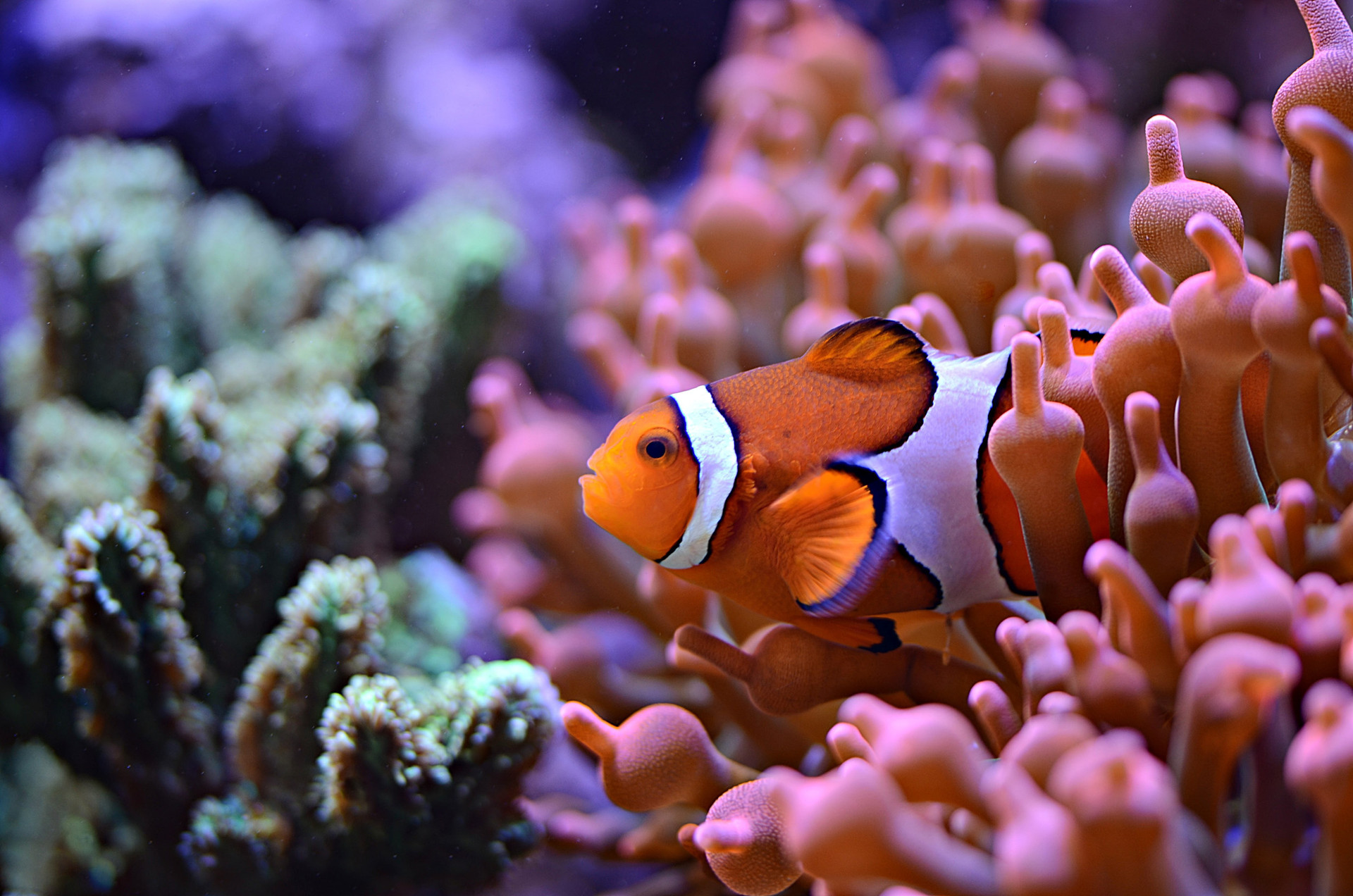3 Tips For Keeping Small Aquariums

Most of us live in a world where our whole home or apartment cannot become the maze of huge aquariums we'd love to have. This being said, most of us have space for a small aquarium (20 – 40 gallons.) All of the points we're going to make also apply to the nearly ubiquitous 55 gallon aquarium for those of you who are in the slightly bigger camp with your set ups. The thing about these aquariums is that the smaller relative water volume means that bigger swings quality parameters (temp, salinity, various forms of nitrogen etc) happen more quickly and easily.
Use the biggest sump / filtration system you can. Seriously. Jam that thing (or those things) into that cabinet. There is no downside to having excess filtration, and the extra water down there will add priceless total water volume to your system. In addition, excess capacity will help absorb / even out the nutrient spikes that are the bane of small systems.
Embrace technology, but don't trust it. So this takes some explaining; smaller systems need more vigilance and technology can help you bridge that gap, when it is working correctly. For example, a 40 gallon tank, in a dry climate and no cover can lose a gallon of water a day to evaporation. This helps keep your apartment nice and humid, but can make your salinity bob up and down like a buoy in a storm. A covered tank will lose 1/8 of that much water, but can heat up very quickly due to lighting and pump temps. So this puts you in a spot where you either need a dedicated chiller, or a top off system. Embrace this and buy one of them. Good top off systems aren't cheap, but they do add unparalleled stability to a system. What about “don't trust it”? Check up on your system constantly. Make sure the top off is working correctly. Double check your thermometers and heaters. The absolute most common cause of system crashes is temperature related, and all because someone didn't want to buy an extra thermometer, or they just trusted the heater to do what they set it at, and never double checked. This is a recipe for disaster. Get your hands wet.
Lastly stock your tank sparingly, and wisely. Choose corals that can tolerate water quality swings, and fish that are the same. Add fish slowly, unless adding groups. If adding groups of fish, begin over feeding your aquarium a small amount for the week leading up to the addition. This will give your bacterial filter the food it needs to absorb the waste from the new group without spiking ammonia or nitrite into the system. Pay close attention if mixing corals, or fish that pick on corals. Sessile invertebrates that are unhappy can release a wild cocktail of stuff into an aquarium. A 300 gallon aquarium might never notice, but the concentration is 10x higher in the 30 gallon aquarium and thus 10x more likely to cause serious problems.
There are more things you can do when keeping small aquariums, but these 3 big ones will take you a long way. Now go forth and start planning that tank, be patient and vigilant and you'll be rewarded with the prettiest underwater garden right there in your living room.